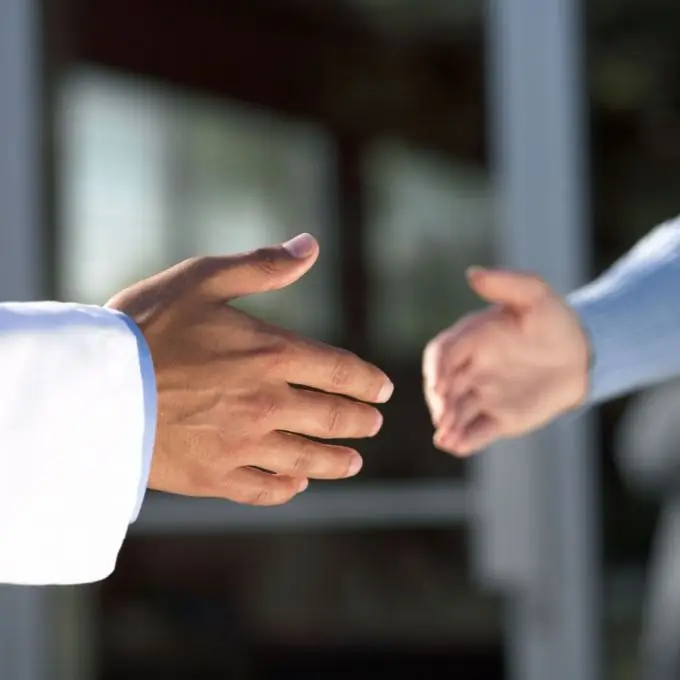- Author Isaiah Gimson [email protected].
- Public 2023-12-17 02:53.
- Last modified 2025-01-24 12:06.
Some organizations find it profitable to pay for a particular product without attracting funds, for example, in the event of a shortage. But how can this be done? And how to reflect this operation in accounting? There is a way out - this is the conclusion of a barter agreement, which implies barter, that is, the exchange of goods or property.

It is necessary
- - barter agreement;
- - the invoice received;
- - packing list;
- - the invoice issued;
- - accounting information.
Instructions
Step 1
First, you need to draw up a contract. It is drawn up in any form, the same rules apply to it as in the sales contract. This document is governed by the norms of civil law, and it must also contain information about the purpose of the exchange, the subject (in your case, the product), counter-provision and, of course, the details of the organizations.
Step 2
If you wish, you can notarize this agreement, but it should be remembered that it comes into force after it is signed by both heads. Ownership of the goods received passes after the exchange of goods, which can be either equal or unequal. In the second case, in this document it is necessary to prescribe the condition of compensation for the difference, it can be reimbursed both in cash and in goods.
Step 3
When carrying out these operations, you need to make entries in the accounting records. First, reflect the receipt of goods from the supplier under this agreement, this is done according to the invoice: D41 "Goods" K60 "Settlements with suppliers and contractors" - market amount excluding VAT.
Step 4
Next, you need to reflect the amount of VAT on the goods received, the entry is made on the basis of the invoice and the invoice: D19 "Value added tax on acquired values" subaccount 3 "Value added tax on purchased inventories" K60. Accordingly, further refund VAT, this is done only if you have an invoice: D68 "Calculations of taxes and fees" K19.3. This operation is registered in the purchase book.
Step 5
Then reflect the transfer of goods to the supplier according to the concluded document, this is done using the entries: D62 "Settlements with buyers and customers" K91 "Other income and expenses". The supporting documents for this operation are the invoice, invoice and exchange agreement. You also need to reflect the amount of VAT: D91 K68. Make an entry in the sales book.
Step 6
The last action is the offset of the debt of the organization with which the exchange agreement was concluded. This is done on the basis of an accounting statement, the posting is drawn up: D60 K62.






